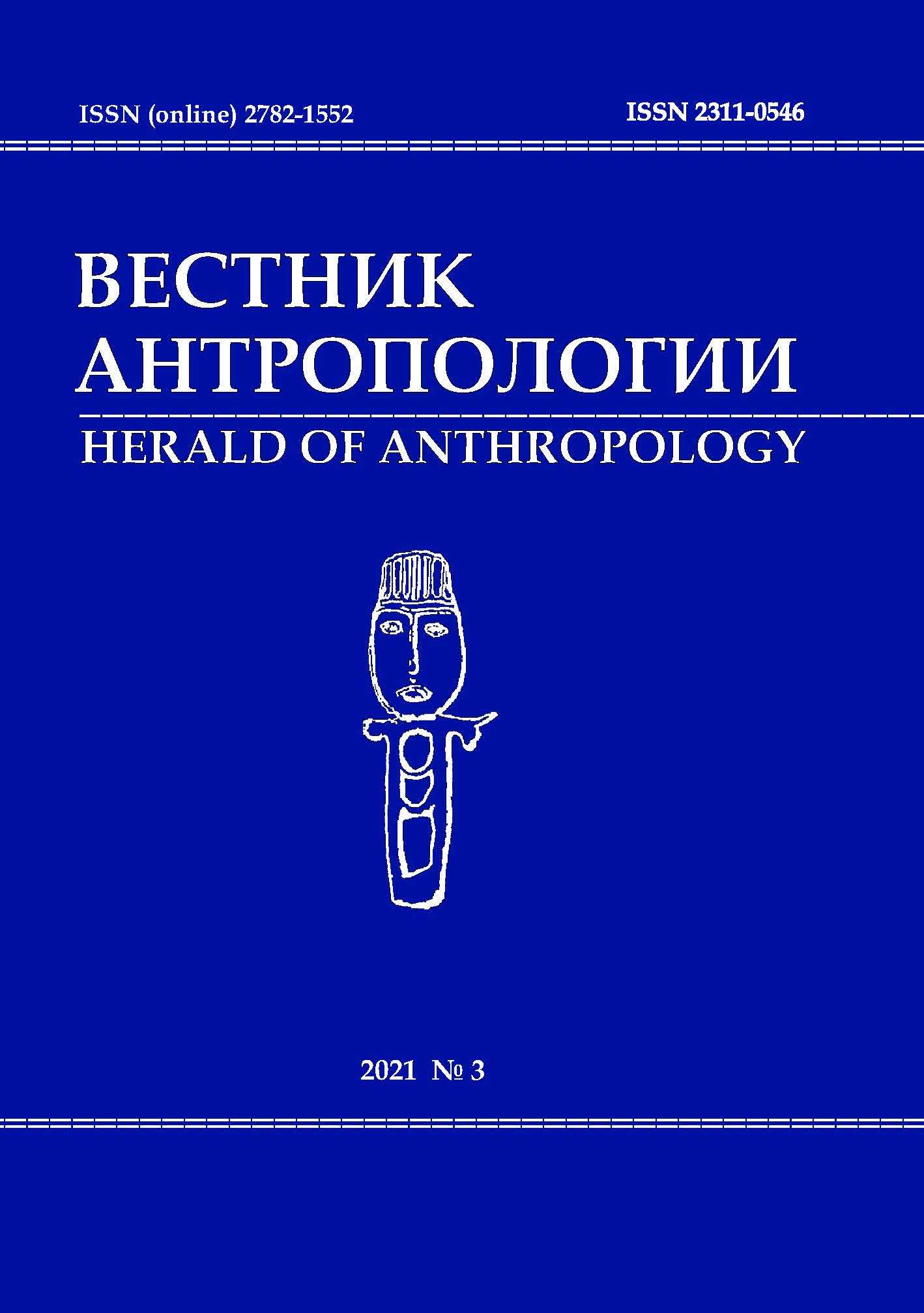A MAGIC ATTRIBUTE: BETWEEN PAGANISM AND ISLAM
DOI: 10.33876/2311-0546/2021-3/191-198
Keywords:
Bashkir amulet, amulet, National Museum of the Republic of Bashkortostan, Bashkirs, museum item, exhibit, magical powerAbstract
The research aims to study the Bashkir amulets "beteu", a small collection of which is kept in the funds of the National Museum of the Republic of Bashkortostan. The collection possesses several types of "beteu", used at the turn of the 19th-20th centuries. Objects differ from each other in shape, material, manufacturing technique, and usage. Magical, protective and sacred properties were attributed to the amulets. The Bashkirs believed that "beteu" brought health, longevity, good luck, and protection from the harmful influence of otherworldly forces. Triangular amulets were the most common, with a prayer or, less often, an object embedded in it. Such leather amulets were worn on a cord around the neck or were sewn to clothes from the inside. Many Central Asian peoples used similar amulets. The Bashkir "beteu", a magical object of cult and ritual significance, combines the pre-Islamic beliefs and the Muslim religion. Therefore, they represent an important ethnographic source for studying the spiritual and material culture of the Bashkir people.
For Citation: Suleymanova, M.N., Nigmatullina Z.F. 2021. Magic Attribute: Between Paganism and Islam. Herald of Anthropology (Vestnik Antropologii) 3: 191–198





















